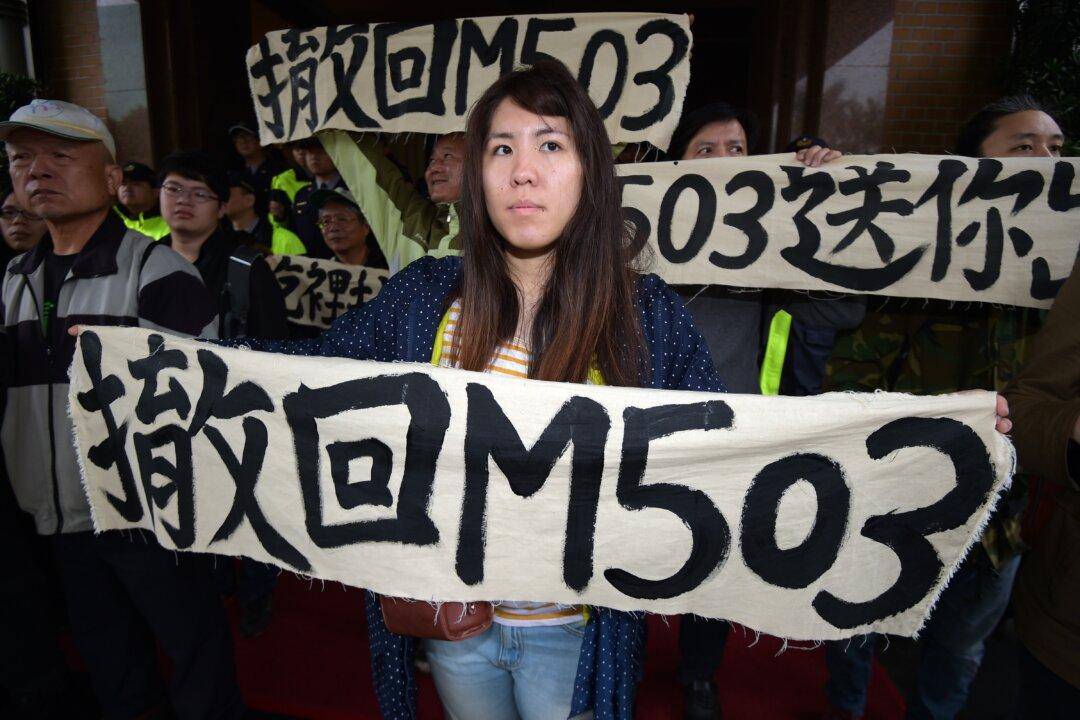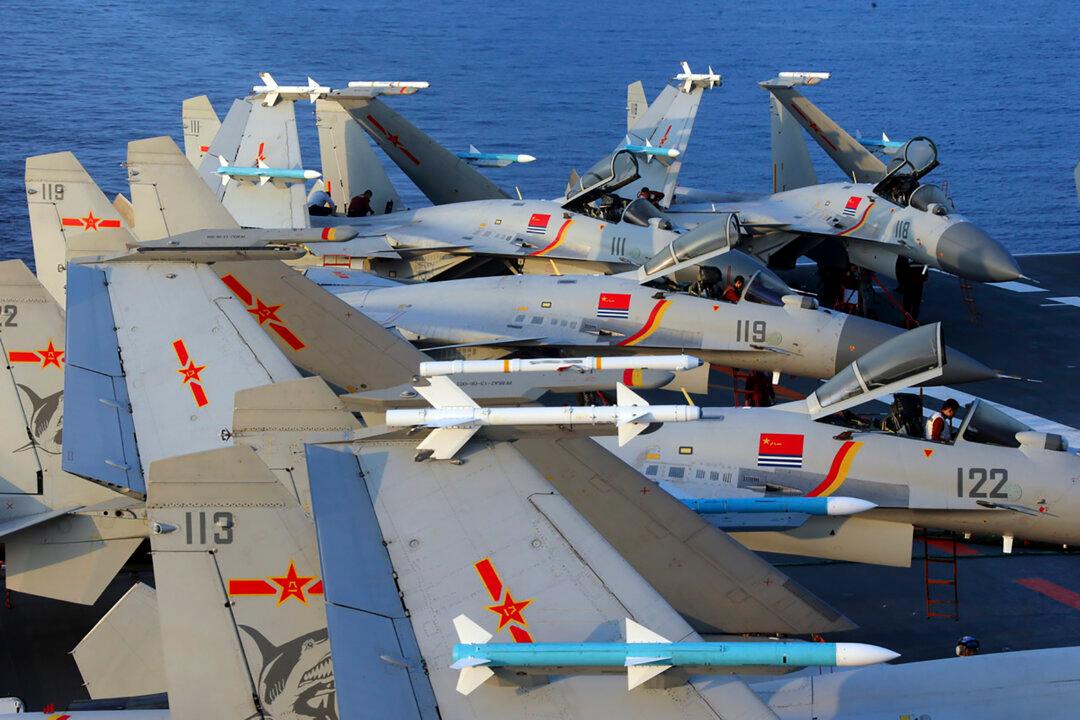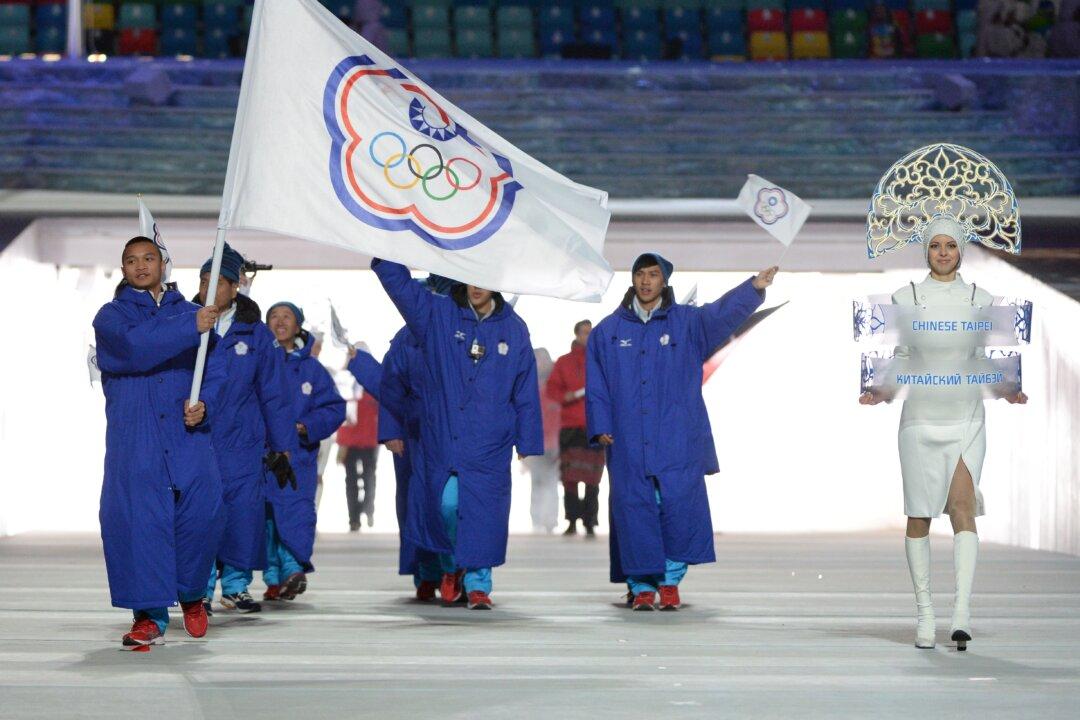While Taiwan has been working to rally international opposition to a new commercial aviation route activated by the Chinese regime that threatens the security of the island nation, the UN organization responsible for governing international aviation issues has remained silent.
The air route known as M503 was unilaterally declared by China in January 2015 and became controversial due to the fact that it is only 4.2 nautical miles (4.8 miles) from the centerline of the Taiwan Strait, at its nearest point. Possibly due to the Taiwanese public’s strong reaction against it, the Chinese regime reluctantly paused the activation of the controversial part of the air route in negotiations with Taiwan in March 2015.




